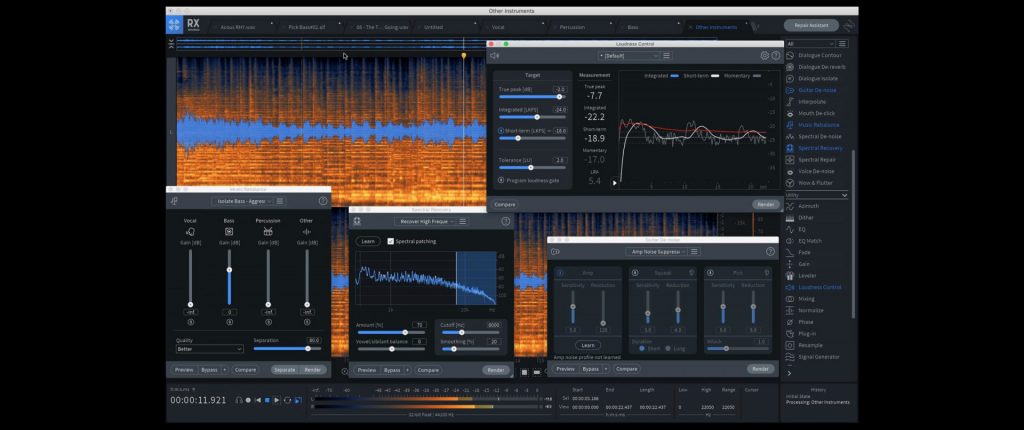Songwriting: Rhyme

Lyrics don’t necessarily have to rhyme, but in most cases, rhyme is used. We’re going to look at a few different options.
Full rhyme
In a full rhyme, the sounds of both the vowels and the consonants match. There is no more ‘complete’ rhyme than full rhyme.
For example: hope � rope, think � blink, cows � browse
As you can see, the sounds of the words completely match.
Half rhyme
Half rhyme is a kind of slimmed down version of full rhyme. Where with full rhyme both the vowels and consonants correspond in sound, with half rhyme this is the case with only one of the two.
For example: bug � bun (only the vowels), bug � bag (only the consonants)
Alliteration is also a form of half rhyme, in which the same initial letters are used for each word. Such as: Peter Piper picked a peck of pickled peppers
Placemet of the rhyme
You can rhyme in different places in a sentence. Often the rhyming words are at the end of the sentence, a so-called ‘final rhyme’. But there are also alternatives, such as an ‘initial rhyme’. The words at the beginning of the sentence rhyme with each other. With an ‘inner rhyme’, words are somewhere in the middle of the sentence that rhyme with each other.
Rhyme schemes
You now know a few types of rhyme, but how do you process them in a text and where do you place the rhyming words in relation to each other? There are different types of rhyme schemes, a few examples:
Striking rhyme: ����������������� A � A � A � A
Crossed rhyme: ����������������� A � B � A � B
Embracing rhyme: A � B � B � A
Staggered rhyme: ������������� A � B � C � A � B � C
See the letters as words that rhyme with each other; A rhymes with A, B with B, etc.
It is good if you get to know all kinds of rhymes, so you can continue to vary in your songwriting. This creates surprising twists and turns and keeps the listener interested.
To read more about Songwriting and how to improve the process of developing, creating and refining recorded music visit our knowledge base page about Songwriting Education.
